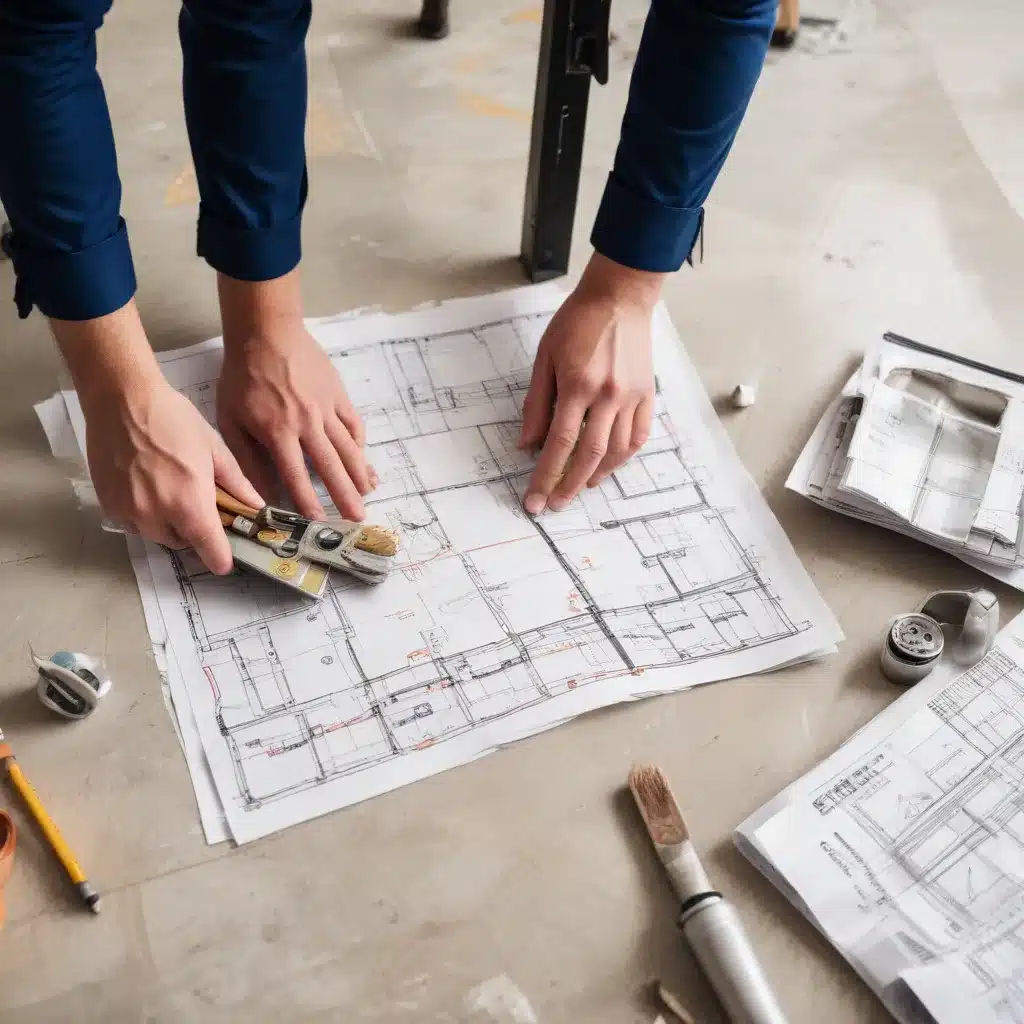
Tackling a home renovation can be an exciting prospect, but it’s crucial to look beyond the initial price tag and consider the long-term investment. As an experienced home improvement consultant, I’ve seen firsthand how budgeting for ongoing maintenance can make all the difference in the success of a project. In this comprehensive guide, we’ll explore strategies to help you plan for both the immediate costs and the long-term upkeep of your renovated spaces.
Budgeting Considerations
When it comes to renovations, it’s easy to get caught up in the excitement of design and the allure of the final product. However, savvy homeowners know that responsible budgeting is the foundation for a successful project. Let’s dive into the key factors you’ll need to consider.
Estimating Initial Renovation Costs
The first step in your budgeting journey is to accurately estimate the initial renovation costs. This goes beyond the price tag of materials and labor – it also includes permits, inspections, and any necessary upgrades to meet current building codes. Consulting with contractors, architects, or designers can provide you with a more accurate picture of the total investment required.
Factoring in Long-Term Maintenance
While the initial costs are crucial, it’s equally important to factor in the long-term maintenance requirements of your renovation. This includes the expected lifespan of appliances, fixtures, roofing, windows, and other key components. By understanding the replacement timelines for these elements, you can budget accordingly and avoid unexpected expenses down the road.
Prioritizing Necessary Upgrades
As you plan your renovation, it’s important to distinguish between cosmetic changes and necessary upgrades. Improvements like energy-efficient HVAC systems, insulation, or water-saving plumbing fixtures may have a higher upfront cost, but they can pay dividends in the long run through reduced utility bills and increased home value. Prioritize these upgrades to maximize the long-term benefits of your renovation.
Planning for the Future
Successful home renovations not only improve the present-day functionality and aesthetics of your living space but also lay the groundwork for a more sustainable future. By considering long-term factors, you can ensure your investment continues to pay dividends for years to come.
Forecasting Replacement Timelines
Understanding the expected lifespan of your renovation’s key components is crucial for budgeting. Appliances typically have a 10-15-year lifespan, while roofing can last 20-30 years, and windows may need replacement every 15-30 years. By forecasting these replacement timelines, you can allocate funds accordingly and avoid unexpected expenses.
Accounting for Unexpected Expenses
No matter how well you plan, there’s always the possibility of unexpected expenses arising during or after a renovation. Factors like natural disasters, market fluctuations, or unforeseen structural issues can impact your budget. Building a contingency fund, often 10-20% of the total project cost, can help you weather these unexpected challenges.
Balancing Short-Term and Long-Term Goals
As you budget for your renovation, it’s essential to maintain a balanced perspective. While addressing immediate needs is important, it’s equally crucial to consider the long-term sustainability and value of your investment. Striking the right balance between short-term upgrades and long-term maintenance can help you maximize the return on your renovation.
Financing Strategies
Funding a home renovation can be a daunting task, but there are several strategies you can explore to make the process more manageable.
Exploring Loan Options
If you don’t have the necessary cash on hand, consider exploring loan options such as home equity loans or home equity lines of credit (HELOCs). These financing solutions allow you to leverage the equity in your home to fund your renovation project, often at lower interest rates than personal loans or credit cards.
Leveraging Home Equity
In addition to loans, you can also tap into your home’s equity to finance your renovation. This can be done through a cash-out refinance, where you refinance your mortgage for a higher amount and pocket the difference to put towards your project.
Maximizing Savings and Investments
If possible, try to set aside funds specifically for home renovations and maintenance. Regular contributions to a dedicated savings account or investment portfolio can help you build a financial cushion to cover both immediate and long-term renovation needs.
Maintenance Best Practices
Proper maintenance is the key to preserving the value and functionality of your renovated spaces. By developing a proactive approach, you can extend the lifespan of your home’s components and avoid costly repairs down the line.
Developing a Maintenance Schedule
Create a comprehensive maintenance schedule that outlines the regular upkeep required for your renovated spaces. This may include tasks like changing HVAC filters, inspecting roofing, or cleaning gutters. Sticking to this schedule can help you stay ahead of potential issues.
Identifying Critical Components
Certain elements of your renovation, such as load-bearing walls, electrical systems, or plumbing, are critical to the structural integrity and safety of your home. Prioritize the maintenance of these components to ensure they continue to function as intended.
Implementing Preventative Measures
Investing in preventative maintenance can pay dividends in the long run. This might include measures like upgrading insulation, sealing air leaks, or installing smart home sensors to monitor for potential issues. By taking a proactive approach, you can often avoid costly repairs down the line.
Embarking on a home renovation is an exciting journey, but it’s crucial to approach it with a long-term perspective. By carefully budgeting for both initial costs and ongoing maintenance, you can ensure that your investment continues to pay dividends for years to come. For more renovation insights and inspiration, be sure to visit Reluctant Renovator.



